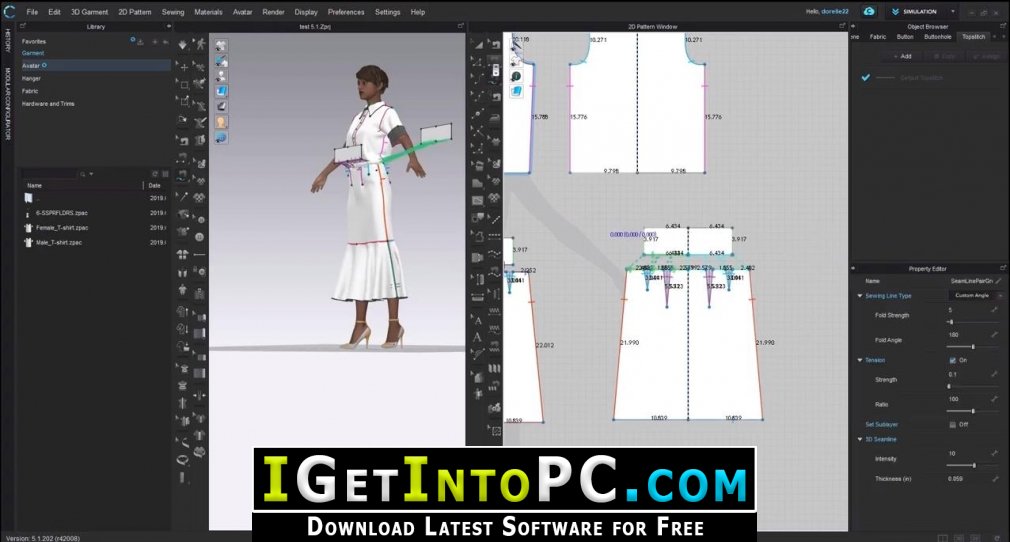
Computer-aided manufacturing (CAM) was initially developed as a way of ensuring that the transition from 2D design process to 3D manufacture was more seamless, and also to enable companies to benefit from lean processing. CAD was initially developed as an interactive computer design system for the textile industry, then introduced into apparel for pattern making, grading, marker making and has been constantly developed over the years to support a broad array of fashion and clothing design processes.

By the 1990s software for use in the RFA (Retail, Footwear & Apparel) industry had become increasingly sophisticated. The only digital tool that existed (and is still considered fundamental) was CAD (Computer Aided Design) at that time for pattern design & marker making.īack then skilled-labour was highly dependent upon hands on expertise for apparel design and, to a large extent, the use of digital automation and software program application wasn’t encouraged. The Adobe Creative Suite was at a very early stage of adaptation for fashion illustrations. The development of a fashion collection was done with the traditional tools of a newborn fashion designer: pencil, paper, watercolours and Pantone marker-pens (I still have them in my archive – the fortune spent paid off!). Evridiki is a devoted fashion engineer with a research focus in the effective integration of 3D virtual prototype in the apparel industry, and sits on our Expert panel in implementing and adopting 3D.ĭuring my academic years operating in European Fashion & Product Development departments, digital prototyping was science-fiction.

In her first featured article with us, Dr Evridiki Papahristou explores 3D working in our industry.


 0 kommentar(er)
0 kommentar(er)
